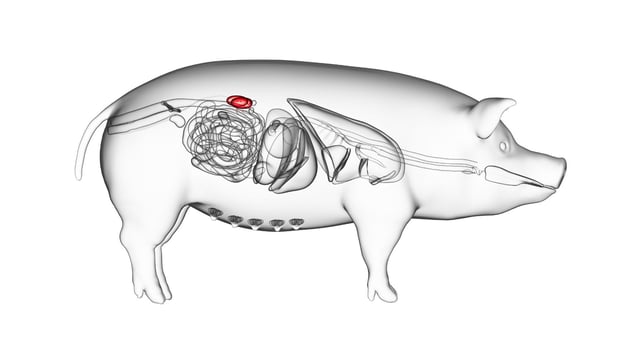Overview
- Researchers led by Dr. Valentin Goutaudier used spatial molecular imaging to chart how human macrophages and myeloid cells infiltrate each part of a transplanted pig kidney.
- Molecular signals of antibody-mediated rejection appeared as early as Day 10 and peaked around Day 33, defining a narrow window for therapeutic intervention.
- Introduction of therapies guided by spatial insights successfully attenuated immune-mediated damage in experimental xenotransplants.
- The findings set the stage for the first U.S. clinical trials of pig kidney transplantation in living human recipients, scheduled to begin later this year.
- Future efforts will focus on optimizing anti-rejection protocols and refining gene edits in donor pigs to support long-term graft viability and address the organ shortage crisis.

